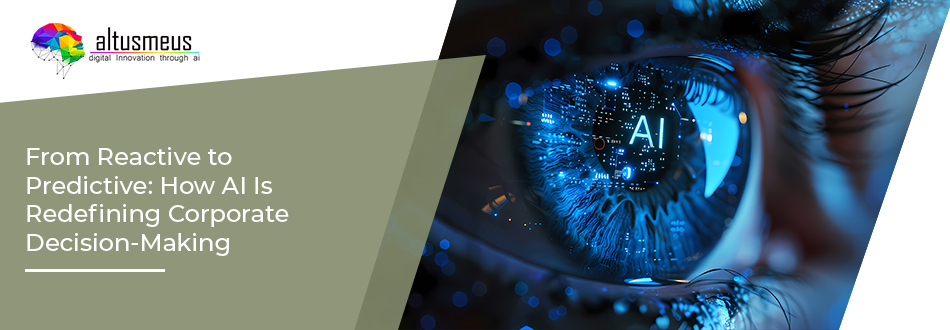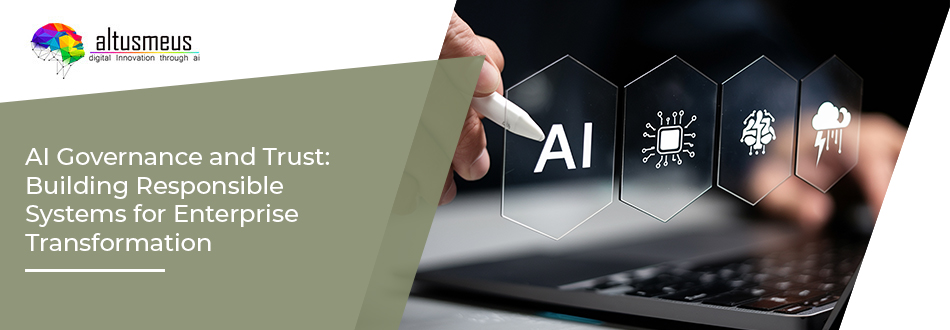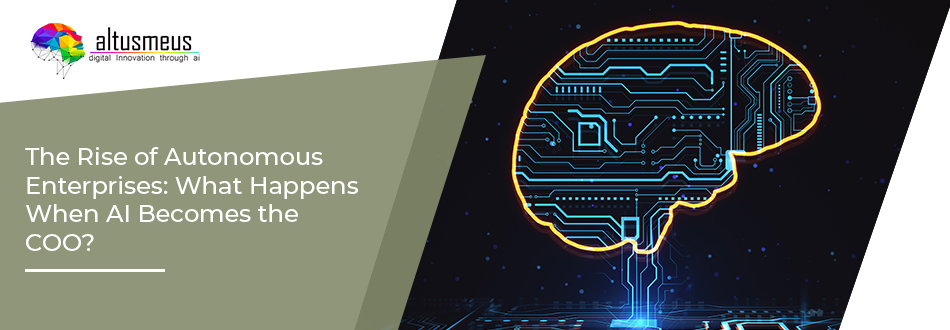For decades, corporate decision-making has often been reactive. Companies responded to market changes, customer behavior, and operational challenges as they happened. While this approach worked in the past, it had limitations, decisions were often based on historical data, intuition, or incomplete information. Predicting outcomes was difficult, and mistakes were costly.
Advanced predictive tools powered by machine learning (ML) were once accessible only to select organizations with specialized resources. But the AI boom has changed everything. Today, AI tools are more accessible than ever, used by everyone from students exploring projects to CEOs steering multinational corporations.
This accessibility is redefining corporate decision-making. AI enables businesses to shift from reactive approaches to predictive strategies, where data-driven insights guide decisions. By evaluating patterns, trends, and probabilities, AI allows organizations to anticipate outcomes and act confidently, turning uncertainty into strategic advantage.
The Shift from Reactive to Predictive
Reactive decision-making is about responding to events as they occur. Predictive decision-making, powered by AI, anticipates those events and provides actionable insights before they impact the business. Here’s how the shift occurs:
- Data Collection and Integration: AI systems collect data from multiple sources, sales, customer feedback, supply chains, market trends, and internal operations.
- Pattern Recognition: Machine learning algorithms analyze historical and real-time data to identify trends, anomalies, and correlations that humans may miss.
- Prediction and Scenario Modeling: AI generates forecasts and simulations, showing likely outcomes for different decisions.
- Decision Support: Leaders use AI-driven insights to make informed decisions, reducing guesswork and improving accuracy.
This transformation means businesses are no longer just reacting, they are anticipating, planning, and optimizing.
How AI is Transforming Corporate Decision-Making
1. Hiring and Talent Acquisition: AI-powered recruitment tools evaluate resumes, predict candidate success, and assess cultural fit. Companies can make faster, more objective hiring decisions, reducing bias and improving employee retention.
2. Investment Decisions: From mergers to capital allocation, AI analyzes financial data, market conditions, and risk factors to provide predictive insights. This enables leaders to make high-stakes decisions with greater confidence and minimize potential losses.
3. Marketing and Customer Engagement: AI predicts customer behavior, segment audiences, and personalizes campaigns in real time. Retailers and service providers can anticipate demand, optimize ad spending, and increase engagement by delivering the right message at the right time.
4. Sales Optimization: Predictive AI helps sales teams identify the most promising leads, forecast revenue, and adjust strategies dynamically. It enables proactive decision-making rather than reacting to missed quotas or declining performance.
5. Purchasing and Supply Chain Management: AI forecasts demand, predicts supplier risks, and optimizes inventory levels. Companies can prevent stockouts, reduce excess inventory, and improve operational efficiency.
6. Manufacturing and Production: Predictive maintenance powered by AI reduces downtime by anticipating equipment failures. Production schedules are optimized, waste is minimized, and throughput is increased, all based on predictive insights rather than reactive fixes.
Across all these areas, the common thread is decision confidence. AI turns data into foresight, enabling businesses to act decisively and strategically.
Conclusion
The era of reactive decision-making is giving way to a predictive, AI-driven future. By leveraging advanced machine learning and AI tools, companies can anticipate challenges, optimize processes, and make strategic choices with confidence.
From hiring to investment, marketing to manufacturing, AI is transforming the way organizations operate, reducing guesswork, mitigating risk, and improving outcomes. Accessibility of AI means that predictive insights are no longer limited to elite firms; they are available to any business willing to embrace digital transformation.
Corporate decision-making has evolved. With AI as a guide, businesses are no longer just responding, they are predicting, planning, and thriving in an increasingly complex world.




